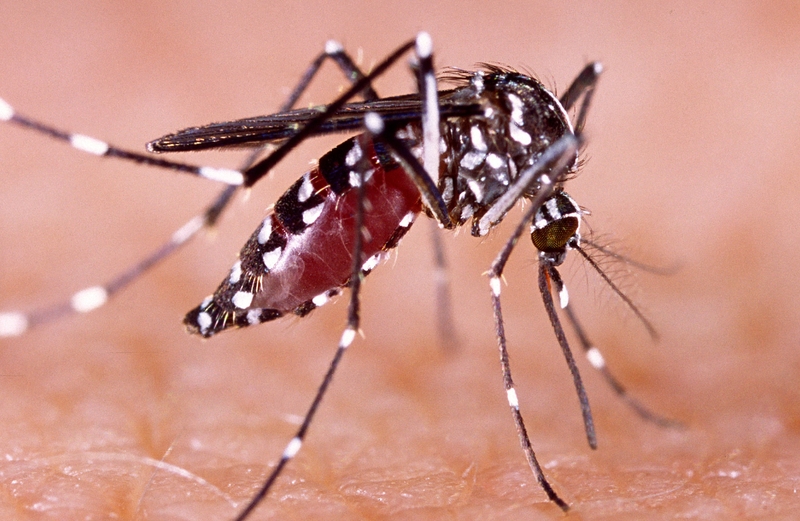Towards Zero Malaria by 2030: Biological control of mosquitoes

Globally, malaria is one of the most severe public health problems and still remains the leading cause of death in many developing countries. Children and pregnant women are the most affected. It is a disease that feeds the vicious cycle of poverty and deprivation due to the nature of its social and economic toll on the communities. The social and economic costs of malaria are estimated to reach over $12 billion annually.[1]
Current control methods such as insecticide-treated mosquito nets, indoor spraying of insecticides, and artemisinin-based drug treatments have saved millions of lives, but in many countries, weak health systems and gaps in access to effective interventions continue to impede efforts to control and eliminate malaria.[2] Rising insecticide and drug resistance also pose risks even for maintaining current levels of control. Other vector-borne diseases, such as yellow fever and dengue also impose high human and socio-economic costs. Moreover, they have not been completely eradicated.
Given this complex scenario, African leaders came together in 2016 to support efforts to combat and ultimately eradicate malaria by endorsing the Catalyst Framework to End HIV/AIDS, Tuberculosis and Eliminate Malaria by 2030.The development agency of the African Union, the NEPAD Agency, is leading the implementation of this committment together with its partners by promoting the use of gene drives. Gene drive systems change the way that certain genes (and therefore traits) are inherited - or passed down through generations by promoting the inheritance of a particular gene to increase its prevalence in a population, popularly termed ‘biased inheritance.’ This approach is used in controlling or altering organisms that affect humans such as dengue, malaria, Chagas and Lyme disease.
“New technologies allow very specific gene editing in mosquitoes, and the validation of genes that are expected to be essential in malaria control, such as reproductive capacity, mate-seeking behaviour, immunity against parasites and sex determination,” says Prof Makinde, Senior Advisor in the NEPAD Industrialisation, Science, Technology and Innovation Hub.
The potential of gene drive systems to reduce the number of target species of mosquitoes, such as the Anopheles gambiae, and modify the genes of mosquitoes to make them incapable of transmitting malaria is very critical in attaining the 2030 vision to eliminate malaria. In addition, population suppression approaches allow for distortion of the sex ratio, which ultimately leads to blocking of disease transmission. NEPAD Agency is using a combination of these approaches.
Gene drive systems have a number of advantages when it comes to the eradication of malaria.
“To begin with, they are safe for humans and the environment and can be applied widely, including in hard-to-reach populations,” explains Prof Makinde.
In addition, their benefits are long-lasting and they are relatively inexpensive to deploy. Moreover, gene drive systems do not require behavioural changes in order for the public to be protected from malaria. Gene drive vector control has the potential to be deployed in all of Africa. Currently, the NEPAD Agency and partners are working in three countries, Burkina Faso, Mali and Uganda, where research facilities are being upgraded, and research team members and regulators are being trained on potential risks and management.
The gene drive work places Burkina Faso, Mali and Uganda at the forefront of some of the innovative ways of vector control taking place in Africa today, turning the dream of ‘zero malaria by 2030’ into reality.
Source: NEPAD Agency
